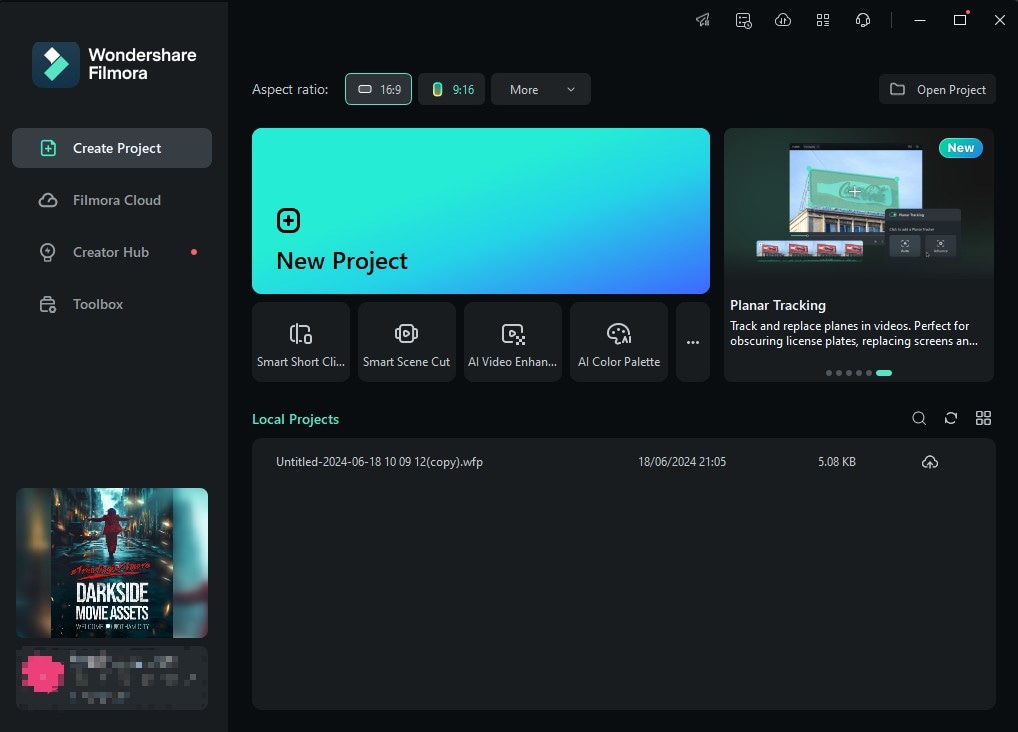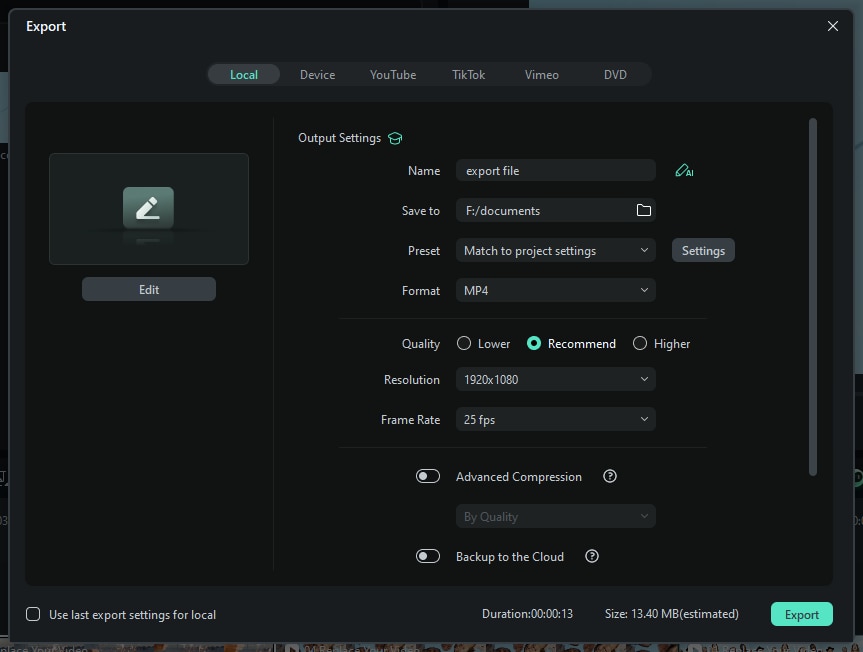
Constant tech advances keep revolutionizing video and audio editing. The latest innovations include turning text into speech and vice versa, eliminating the need to read transcripts aloud to record them or manually transcribe audio recordings.
The future is here, with AI doing the legwork while you focus on perfecting your content. It can transform text to voice within seconds, providing crisp audio with a realistic voice.
Who can benefit from the text-to-speech (TTS) feature? What perks can they enjoy? How can you use it to convert written text into audio? Let’s find out.
In this article
Who Uses TTS Software to Transform Text Into Voice?

Many individuals and businesses benefit from written-to-audio text conversion. Here are the most notable:
- Content creators – Vloggers use TTS to make a voiceover for videos without recording their voice. Audiobook production companies are another example, using TTS to turn books into downloadable audio files.
- Business professionals – Marketers often use TTS for promotional and product videos, eliminating the need to hire actors to record the narration. Businesses also enrich presentations and training materials with an auto-generated voiceover to help clients or employees consume the information quickly.
- Students and educators – Besides foreign language students, TTS technology helps auditory learners and those with learning difficulties retain knowledge faster. It’s also ideal for people who are blind or have low vision or light sensitivity (e.g., getting a migraine when staring at a screen for an extended time).
They use screen readers for online content, but educators can also assist them by converting reading materials into audio files, including online courses and tutorials.
- Journalists – Turning interviews into transcripts is a significant part of a journalist’s workflow. However, they also use TTS technology to make news more accessible, embedding audio transcripts into news pages. TTS can also help them convert text to a voice note for reference.
- Game developers – Text-to-voice technology is paramount in gaming, bringing characters to life without actors recording the narration. It also makes video games more accessible and immersive.
Let’s see what technology lies under the hood, powering text-to-voice conversion.
How Can Software Convert Written Text to Audio?

Software with text-to-speech capabilities has AI and ML (Machine Learning) algorithms inside its human brain-inspired DNN (Deep Neural Network). They analyze text inputs and generate spoken outputs using advanced linguistic models. They undergo extensive training to comprehend language nuances and prosody, turning text into accurate sound representations.
Machine learning enables AI to constantly improve, providing better results with each new text input. The technology has enhanced so much that we can no longer tell AI voices from their human counterparts. That makes TTS software ideal for anyone looking to save time while transforming text into speech. Their listeners don’t have to hear robotic voices that distract them from the content.
Let’s see how this innovative technology benefits users.
Benefits of Using Software to Transform Text to Voice

You can already discern some benefits of transforming text to voice, but let’s explore them in more detail.
Quickly Generating a Voiceover for Your Videos
You don’t have to record yourself reading text for a presentation, explainer video, tutorial, product demo, online course, or a vlog where you stay behind the camera. You only need to feed your text into text-to-speech software and let AI work the magic.
Advanced software like Wondershare Filmora can generate text for your desired topic and theme before transforming it into speech. That’s perfect if you don’t have time to create a copy.
The best part? You can enjoy automatic sentence segmentation for seamless editing, eliminating the need to trim and reposition your text clips.
✔Enriching Your Video Content With Various Voices
TTS software offers multiple AI voices, letting you pick the most suitable for your content. For instance, Filmora has 43+ natural-sounding voices across male and female categories, each with a unique tone, including young, adult, soft, deep, energetic, etc. You’ll love the latest Movie Trailer and TikTok voices, which are perfect for more engaging videos.
However, you don’t need to limit yourself to AI voices. Filmora lets you clone your voice and add it to the library to maintain consistent branding across all projects. That’s ideal if you want to personalize your content but don’t have time to record your voice for every video.
✔Expanding Your Reach With Multi-Language Text-to-Voice Capabilities
Multi-language support is among the most notable additions to modern TTS software. You can provide text in any supported language and get accurate audio. You don’t have to worry about pronunciation because AI and ML algorithms ensure accuracy regardless of regional dialects and accents.
Filmora can transform text to voice across 33+ languages, helping you reach a global audience. It can also translate videos and SRT files into 23+ languages, breaking the language barrier. Its AI Speech-to-Text feature can even transcribe and translate audio simultaneously.
✔Improving Content Accessibility With a Voiceover
Making your content accessible is crucial for attracting a broader audience. We’ve already discussed how that helps various students, but it also applies to other audiences, including employees, YouTube fans, and social media followers.
People who prefer listening instead of reading online content (e.g., blog articles and news) can also benefit from audio transcripts on your website. Why make them when screen readers exist? Because you can improve user experience with lifelike AI voices or your own (using AI voice cloning).
How to Transform Text to Voice With Filmora
Now that you understand the possibilities of turning written text into audio with AI, it’s time to dive into the process and transform your content. Download and install Filmora on your computer (Windows or macOS) and explore its cutting-edge TTS, SST, VTT (Video-to-Text), AI Translation, and other features.
Here’s how to transform text to voice with Filmora:
Step 1: Launch the software and click Create Project > New Project.

Step 2: Click Import and choose a video from your computer. Drag and drop it onto the timeline.

Step 3: Go to Audio > Text-to-Speech and click Start.

Step 4: Type or copy and paste your text into the designated field and tick the Automatic Sentence Splitting checkbox for simplified editing. If you don’t have a copy, generate one with AI by selecting a topic and describing your idea. Then, specify the language and AI voice (or clone yours), adjust the speed and pitch, and click Generate.

Step 5: Edit your captions, audio, and video. You can also change the voice to generate another audio. Once you refine everything, click Export to save or share the video.

Step 6: Customize the output settings and hit Export.

Conclusion
Text-to-speech software has changed the game, opening up many possibilities to expand your reach and enable a broader audience to engage with your content. Therefore, embrace this tech innovation and dive into a vast, ever-expanding AI world where all your content becomes accessible and reaches new heights.
Don’t miss out on an opportunity to try Filmora, the best TTS software to turn written text into audio. Take it for a free test drive to leverage 100 free AI credits and see where the thrilling ride takes you.



 100% Security Verified | No Subscription Required | No Malware
100% Security Verified | No Subscription Required | No Malware

